Pearl Luster: The Most Valuable Aspect To Make the Pearl Stand Out

Luster is among the most distinguishing characteristics of a pearl because you can see this feature with the naked eye. In actuality, a pearl's luster—the inner light that seems to radiate from the core of a high-quality pearl—often determines its genuine attractiveness. Pearls are barely even pearls if they lack shine.
Although, the luster quality of pearls can be low, medium, high, or extremely high. A pearl's reflections are faint and blurry when it has a low-luster quality. The surface will seem chalky and contain pearl-luster dust.
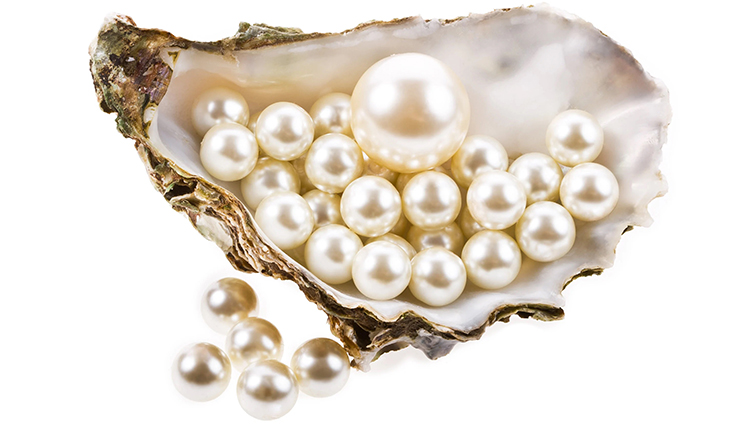
The reflection is brighter but still fuzzy at a medium pearl luster level. Last but not least, even though the gap between high and extremely high luster quality may not always be apparent at first look, it exists.
The reflection of a very high luster quality is highly sharp in contrast to that of a decent luster quality, which is not quite as sharp. Both reflections are very brilliant and vibrant. Sharp, powerful reflections of light and a significant contrast between a pearl's dark and sparkling parts are typical traits of pearls with very high luster.
What Is Pearl Luster?

One of the essential value considerations when selecting pearls is luster, which significantly influences a pearl's value and attractiveness. A pearl's shape or color may pique your interest; however, if it doesn't sparkle and glitter, reflecting the light into your eye, it may appear uninteresting and worn out.
A pearl's sheen and reflecting qualities are a result of its luster. This feature dramatically adds to the pearl's total worth and gives it its unique attractiveness. Furthermore, it can be the most significant element affecting a pearl's value.
Pearl luster is a measure of the intensity and amount of light that radiates from the surface or just slightly beneath the surface of a pearl. The pearl's lustrousness determines how well it glows and reflects images and light.
How Do Pearls Get Their Luster?
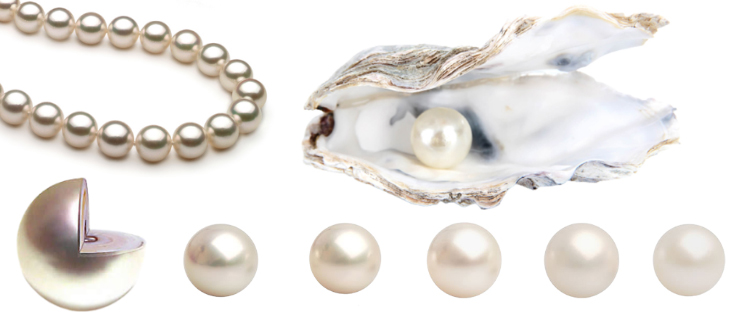
Pearls form from calcium carbonate, several aragonite platelets, and conchiolin, a well-known organic protein. These interact with other compounds to form nacre, the glossy, iridescent material found in the interior of shells and on the exterior of pearls.
The process where the nacre stack on top of each other results in the formation of pearls, and the quality and brightness of this pearl depend directly on this process. When light strikes a pearl's surface, it penetrates the nacre layers and moves straight into it.
However, the reflection of light back to the surface and the viewer's eye occurs when it comes into contact with the minute aragonite platelets. The nacre scatters and refracts light, giving the pearl its bright, glossy appearance.
When light strikes a pearl's surface, it also passes through the different levels of aragonite platelets and reflects the observer, creating the dazzling effect known as luster. The intensity of the pearl's shine will increase with the nacre layers' tightness and compactness.
This process affects the luster level as the grade ranges from very high to poor. Furthermore, the evaluation system considers how each type of pearl interacts with light. Consequently, to consider a pearl as "AAA Quality," it must have a luster level of "High to Very High."
Akoya Pearl Luster

Compared to other varieties of pearls, there is a clear distinction showing that Akoya pearls have the best shine. Jewelers often refer to them as having "Mirror-sharp" or "Ball-bearing" luster as the luster is so acute, brilliant, and dazzling.
The different gradations for Akoya pearl luster are excellent, Very High to Excellent, High, Medium, and Poor. This grading further divides into AAA, AA+, AA., and A quality.
AAA Quality
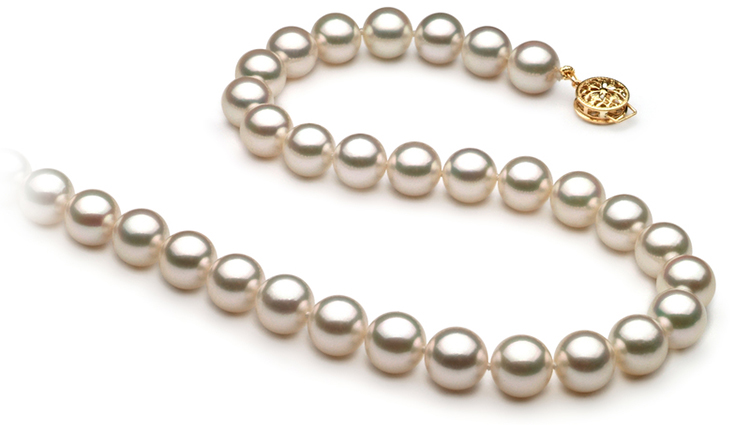
An "AAA Quality" Akoya pearl has a luster rated as "Excellent" or "Very High to Excellent." This grading implies that light sources reflect very sharply and crisply off the surface of the pearl, with little to no haze on the edges. The surface of the pearl gives off your reflection in an extremely detailed, almost mirror-like manner.
AA+ Quality
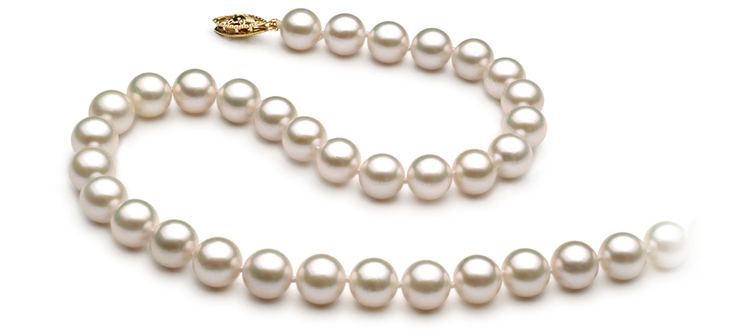
The luster of an Akoya pearl, usually rated as "Very High to High" or "High," implies that light sources seem slightly crisp and have a tiny haze around the edges when they strike the surface of the pearl. The surface of the pearl shows images, but details like facial characteristics like eyes and nose will need to be clarified. Moreso, it'd be more like gazing into a hazy steel mirror.
AA Quality
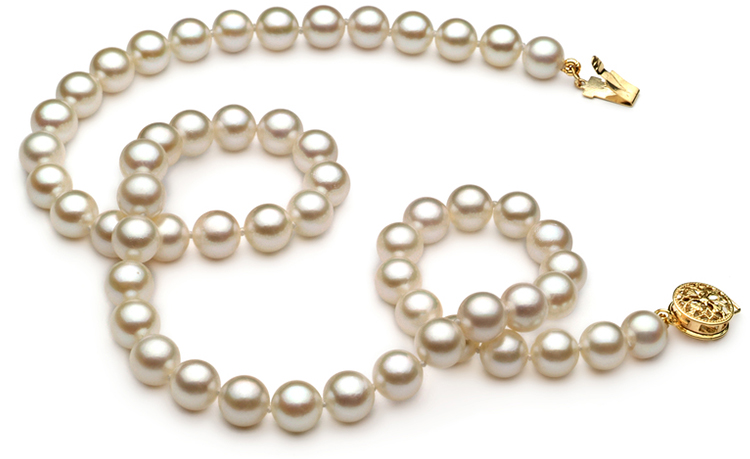
This luster grade of an Akoya pearl, typically categorized as "High" or "Good to Very Good," suggests that pearls are likely to thin, and you can observe some blinking up close. The pearl is visually clear and has deep inclusions usually acceptable for the whole strand; it's easy to spot pearl grade upon inspection.
A Quality
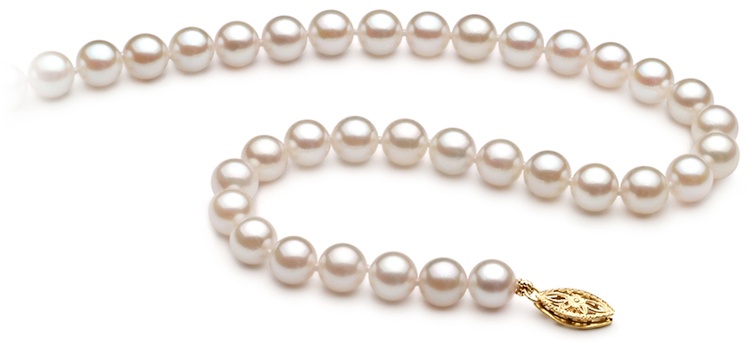
This Akoya pearl's luster grade, often classed as Fair to Poor, indicates that the pearls are possibly thin, and there is a significant amount of observable blinking when viewed closely. The pearl is visually clear, and the hazy reflections on surfaces may seem "chalky."
Freshwater Pearl Luster

There is an assumption that freshwater pearls possess the lowest luster among all pearl types; this is no longer the case. However, compared to Japanese Akoya pearls, the luster of freshwater pearls is typically softer and less defined.
This feature is because the pearls are made of solid crystal nacre, giving them exceptional durability. The entire sheen is softer and more satin-like because of the composition's slowing down of beams of light shining down at the observer.
Just like Akoya, the rating of the Freshwater pearl luster ranges from Excellent, Very High to Excellent, Very High, High, Medium, and Poor.
Gem Grade Freshwater Luster
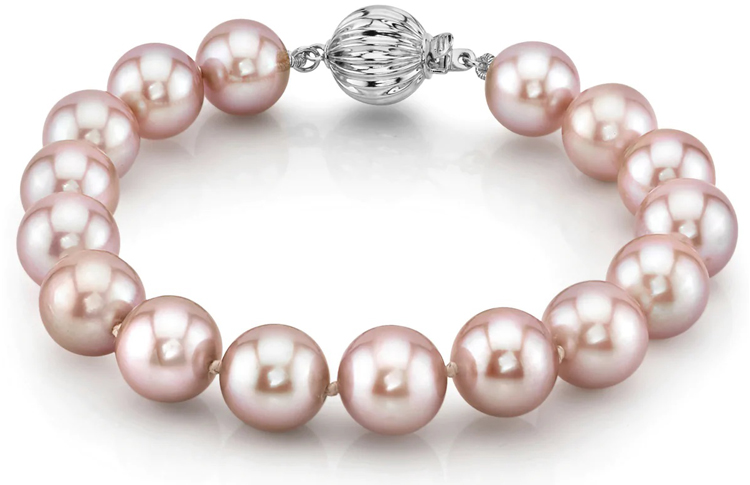
The excellent grade luster and almost spherical form of Gem Grade Freshwater pearls have made them famous. With little haze at the borders of reflected light sources, the luster can range from Very High to Excellent.
You can identify yourself on the surfaces of the pearl, and they have the same appearance as Akoya AAA Quality but cost much less.
AAA Quality Freshwater Luster
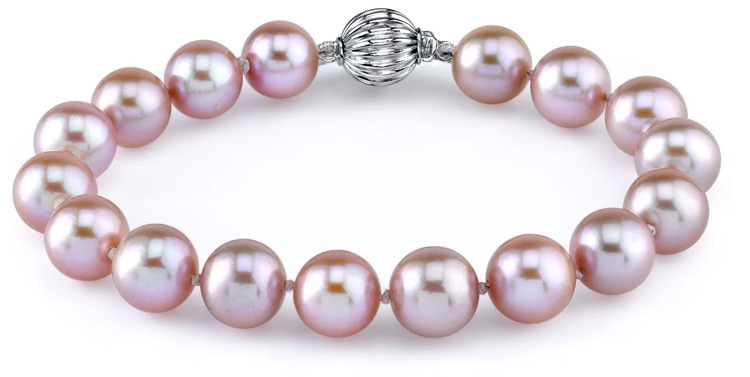
AAA Grade Freshwater pearls possess brilliance more acutely, brighter, and shiny than Akoya pearls, and this grade is still more comparable to an "AA+ Quality" Akoya pearl than a "AAA." This category rates pearls from High to Very High. The surface of the pearl allows you to identify yourself, and reflecting light sources have a mild blurring around the edges.
AA+ Quality Freshwater Luster
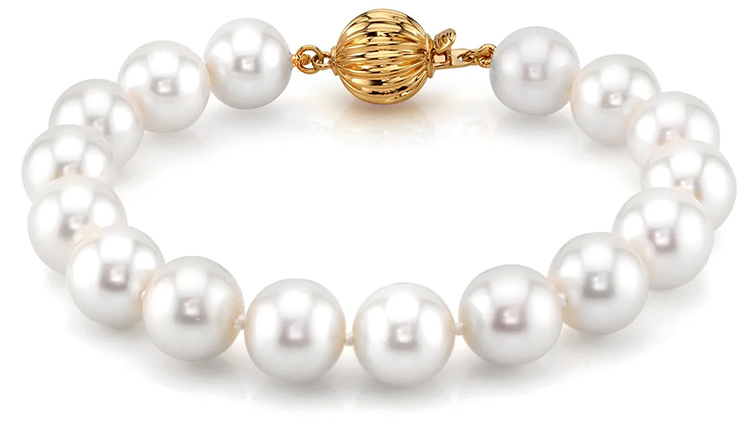
AA+ Grade Freshwater pearls will have an apparent satin-like, smooth, and glossy shine. Instead of a mirror-like shine, consider "sheen." These pearls often range from High to Medium-High in terms of luster.
There will be a clear haze around the borders of light sources that reflect on the skin of the pearls. You should be able to make out the general shape of your face, the hair, and certain facial characteristics, albeit in little detail.
Tahitian Pearl Luster

Cultured Tahitian pearls spend a lot of time in the ocean developing their rich layers of nacre, which takes a minimum of about two years. So it is no surprise that the Tahitian pearls fall under the "satiny" brilliance category.
However, this situation does not imply that the brilliance of a Tahitian pearl cannot be crisp, brilliant, and stunning. So, they range from Excellent, Very High through Excellent, Very High, High, Medium, and Poor, much like other varieties of pearls.
AAA Quality Tahitian Pearl Luster

Tahitian pearls of AAA Quality exhibit a brilliant, clear, and extremely reflecting luster that falls short of "ball-bearing" standards. The luster of Tahitian pearls of AAA quality ranges from Very High to Excellent or Excellent. You can spot yourself on the surfaces of the pearl when using reflected light sources, which often have little to no smudging around the edges.
AA+ Quality Tahitian Pearl Luster

AA+ Quality Tahitian pearls' luster ratings may need to be clearer. There will be a mild to noticeably evident haze around the margins of light sources reflected on the surface of the pearls. Your face should be staring back at you, albeit not all of its characteristics will be visible.
South Sea Pearl Luster

Like Tahitian pearls, the White and Golden South Sea pearls spend two to three years in the ocean accumulating incredibly thick nacre layers. Although the description best fit for the shine of these magnificent pearls is "satiny," they have no restriction to soft luster levels.
Contrarily, premium White and Golden South Sea pearls possess a rich, glossy glow and silky luster unmatched by any other variety of pearls on the market today. So, we classify the luster of a South Sea pearl as Excellent, Very High to Excellent, Very High, High, Medium, and Poor. They have the same description as the Akoya pearls.
Hanadama Pearl Luster

Kokichi Mikimoto, regarded as the originator of cultured pearls, received credit for coining the name "Hanadama." which he referred to as his most exquisite Akoya pearls. In the jewelry industry, "Hanadama," sometimes known as "Flower Pearls," has the literal translation from Japanese as "Spherical Flower."
They supposedly have a lovely pink sheen that reflects the famed cherry blossoms that bloom throughout Japan in the spring. We have established that a pearl's beauty increases with its brightness and radiance.
So, the Japanese Hanadama Akoya pearls have a huge recognition as having the most incredible and durable brilliance and orientation of any Akoya pearl. The Pearl Science Laboratory of Tokyo, Japan, examines these qualities and certifies that they exceed strict standards.
How Does the Pearl Luster Impact Pearl's Value?
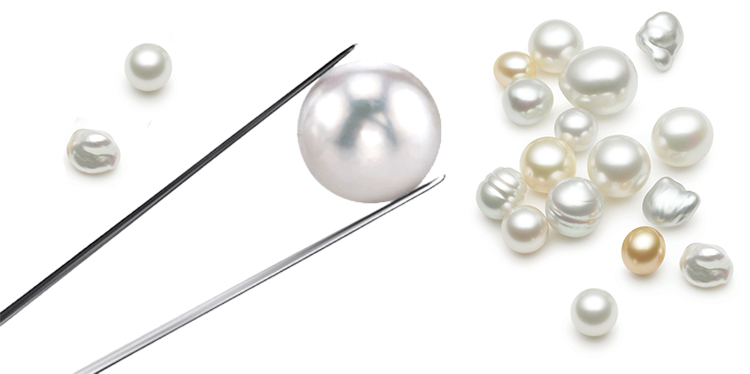
The five main criteria for evaluating pearls are shape, surface quality, size, color, and luster quality. However, out of these five factors, there are claims that luster quality impacts a pearl's worth most. The most costly pearls are, of course, those with the highest luster quality.
Japanese Akoya pearls' remarkable high gloss brilliance makes them particularly popular and valuable. In today's market, pearls from Australia and Myanmar that have a satiny or silky shine are likewise in high demand, similar to the Tahitian black pearls with a shine that resembles a mirror.
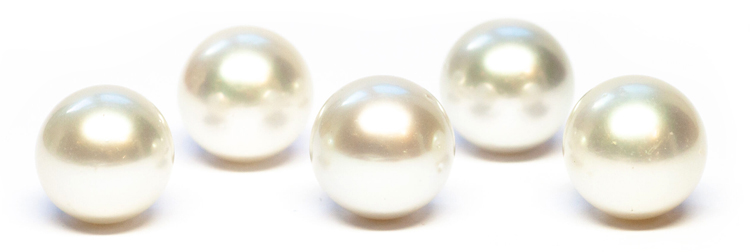
Although the luster quality of the pearl is perhaps the most important of the five attributes, these five qualities must always be considered when making a pearl purchase. You should always include the qualities that are important to you.
There is nothing inappropriate with you choosing size or color above lustrous quality if that is what you value most. You may buy jewelry that you can always treasure for a lifetime if you know about pearls and have a broad notion of what you like.
Conclusion
Luster is one feature and factor you must pay attention to when it comes to pearls, as it is among the main determinants of everything a pearl should be. With this understanding, purchasing a pearl is way easier now that you know what makes it stand out and what to look out for.


Leave a Comment